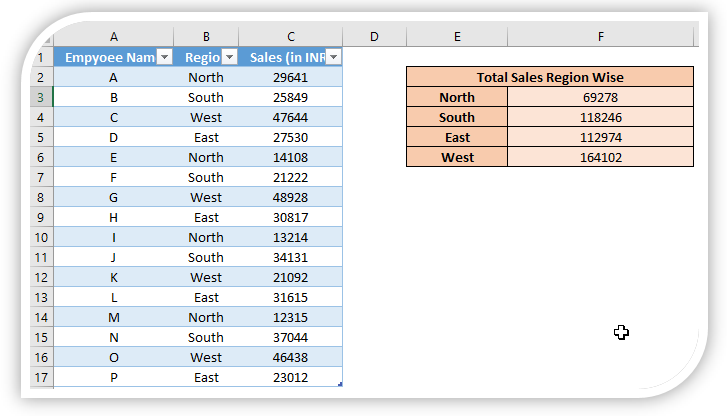Format Cell Values in Excel
In this blog post we will learn to “Format Cell Values” in excel. Many times while working in excel we have to use various formats like text, number, date etc. to our cells values. So here we will learn how to format our cells and how many formats are there which we can use to our cell values.
Please Note: If we have number which has 12 or more digits then excel will automatically convert this number in “Scientific Format”
Once we follow any of the above method, we will get the “Format Cells” dialog box as shown in below image. Click on “Number Tab” and then we can see all the additional formats as highlighted in below image.
First of all we will see where these various formats are available on our excel screen. For this we have to click on “Home” tab and check the “Number” group.
If we click on the drop down menu as shown in below image we can see all the formats which we can use to format our cells.
We will see all these formats in brief in this blog post. To change the format of a cell values, first select the respective cell and then select the desired format from the below image as per your requirement.
General Format:
By default “General” format is applied to excel cells. It means there is no any specific number format is applied to the cells.
Number Format:
This format is used to display the numbers. For example, if we enter a value “123456” in a cell and then change the cell value format to “Number” then the cell will display value as “123456.00”.
Currency Format:
This format is used to display monetary values. For example, if we enter a value “123456” in a cell and then change the cell value format to “Currency” then the cell will display value as “₹ 1,23,456.00”.
Accounting Format:
This format is used to line up currency symbol and decimal points in column. For example, if we enter a value “123456” in a cell and then change the cell value format to “Accounting” then the cell will display value as “₹ 1,23,456.00” with some space between currency symbol and the amount.
Short Date Format:
This format is used to display date in DD-MM-YYYY format. For example, if we enter a value “21-01-2021” in a cell and then change the cell value format to “Short Date” then the cell will display value as “21-01-2021”.
Long Date Format:
This format is used to display date in Long Format. For example, if we enter a value “21-01-2021” in a cell and then change the cell value format to “Long Date” then the cell will display value as “21 January 2021”.
Time Format:
This format is used to display the time. For example, if we enter a value “11:56” in a cell and then change the cell value format to “Long Date” then the cell will display value as “11:56:00”.
Percentage Format:
This format will multiply the value entered in cell with 100 and the appeared result will be displayed with % symbol. For example, if we enter value “0.1” in a cell and change the cell value format to “Percentage” then the cell will display the value as “10%”.
Fraction Format:
This will display decimal numbers entered in cell as an actual fractions. For example, if we enter value “12.56” in a cell and change the cell value format to “fraction” then the cell will display value as “12 5/9”.
Scientific Format:
This format will display number in “Exponential Notation” in E+n format where E is considered as base of the number and n is considered as power of that number. For example, if we enter value “123456” in a cell and change the cell value format to “Scientific” then the cell will display value as “1.23E+05”.
Text Format:
This format will display a cell value in text format. This will consider the value as text even if the value entered in cell is number. This will display the cell value exactly the same as we enter in a cell.
For example, if we enter a value “0123456” in a cell then excel will remove the first digit “0” from this digit considering this value as default format as general format. But if we change the cell value format to “Text” then enter the same value “0123456” then excel will display the value exactly the same way as we enter.
Additional options to “Format Cell Values”:
The Cell value format option which we can see on our Ribbon are limited. Excel has few additional formats to format our cell values. So let’s find out where we can find them.
The Number Formats option which are available on Ribbon are limited. If we want to learn additional Number Formats in Excel then we can find these by Three methods:
Method 1:
Click on “Home” tab and check the “Number” group and then Click on “More Number Formats”.
Method 2:
Click on “Home” tab and check the “Number” group and then click on Launcher as shown in below image.
Method 3:
Right Mouse Click on any excel cell and then select the option “Format Cells”.
























Comments
Post a Comment